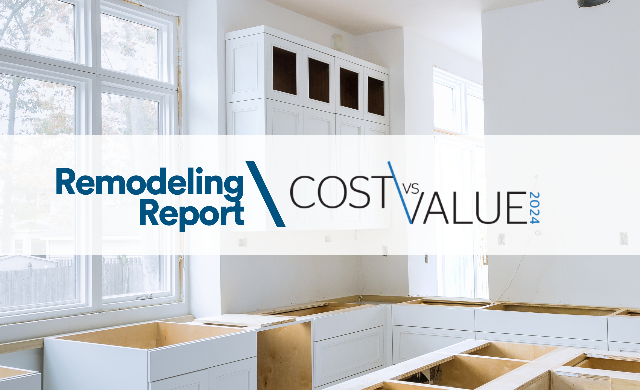Determining The Value of Your Home
You are probably seeing all the same stories we are about how wild the real estate market is right now. Homeowners are paying more attention than ever before to home values. It make sense, considering your home is likely one of your biggest financial assets. Home value can provide a snapshot of your overall financial health. Nearly three-quarters (73%) of Americans say knowing the value of their home is important for precisely this reason, according to a 2018 NerdWallet survey.
Knowing how to calculate your home’s value with the help of online tools and trained professionals better prepares you to buy, sell, refinance, tap into your home’s equity, or even negotiate lower property taxes.
Determining the Value of Your Home
standard AVMs
Many homeowners use online estimators offered by real estate sites like Zillow or Redfin. These automated valuation model (AVM) tools try to predict your home’s value by using public records like property transfers, deeds of ownership and tax assessments along with some mathematical modeling. However, Zillow and Redfin are primarily lead generators. Their business model relies on selling these leads to realtors. Their AVMs return a value for just about every property even when data is limited. As a result, the accuracy is watered down. For example, Zillow has rated its zestimate accuracy in the St. Louis market with one star.
Better AVMS
The AVMs used by realtors are different. These tools use a “confidence score” to indicate how close the AVM provider thinks an estimate is to market value. A confidence score of 90% means the estimate is within 10% of market value. These professional-grade AVMs with confidence scores linked to accuracy are a step up from the real estate sites. Ultimately, you should always talk to a local real estate expert to get more insight into any online valuation.
We can provide you with an ePropertyWatch subscription to help you track your home value. These reports rely on data from CoreLogic, the same home valuation provider of 18 of the top 20 U.S. mortgage lenders. ePropertyWatch will deliver home value estimates along with information on nearby homes that are for sale or recently sold. It will even forecast how much your home might be worth in the future. Once you subscribe, you control the delivery frequently and can unsubscribe at any time. Your email address is not shared with other companies. It’s a free tool that many of our clients find valuable.

Comparative Market Analysis (CMA)
When you want the most accurate estimation of home value, you should call us for a comparative market analysis, or CMA. While not as in-depth as a professional appraisal, a CMA provides our evaluation of the home and market to provide an estimate of value. I am agent who is in the field day-in and day-out. I will have an understanding of the current market better than any online tool. My experience and access to a broad range of data analysis tools guarantees a more accurate home valuation.
Comparable Properties
Many homeowners try to estimate their home’s value by looking at comparable properties. While that approach seems simple enough, it is trickier than you might think. To be accurate, you really have to take and “apples to apples” comparison approach. Realtors are going to have access to data and information that the average homeowner may not. For example, a realtor will adjust for differences between your house and the comps, such as adding value to the comp price if it has more bedrooms than your house or subtracting value if its interior is outdated. How much is added or subtracted depends on conditions in the market, which can vary widely. After adjusting values, a realtor will look at the highest and lowest comps and a rough estimate for your home’s value will likely land somewhere in the middle.
Summary
No matter what stage of home ownership you are in, understanding the value of your home, and what goes in to determining that value, is important. We can provide you with simple tools to track this on your own, and we are here for you when you need a more in-depth analysis.


